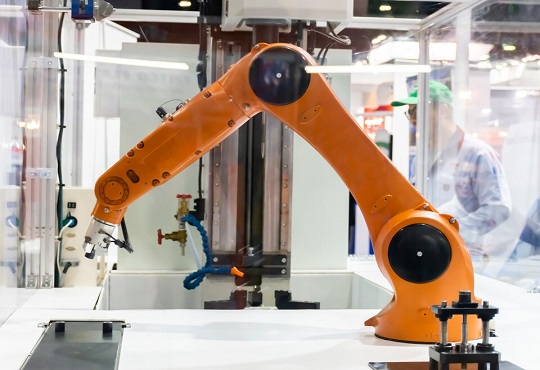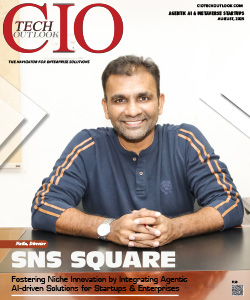Google DeepMind Launches On-Device AI Model for Bi-Arm Robotics
CIOTech Outlook Team | Wednesday, 25 June 2025, 14:19 IST

- Gemini Robotics On-Device operates offline, ideal for latency-sensitive robotic applications.
- Model adapts to new tasks with only 50–100 demonstrations, enabling rapid deployment.
- Supports bi-arm robots, handling complex tasks like folding clothes, industrial assembly.
Google DeepMind has introduced Gemini Robotics On-Device, a new artificial intelligence model designed for Bi-arm robots, capable of operating without an internet connection. The model integrates Voice, Language, and Action (VLA) processing to enable robots to perform complex tasks in real-world settings with low latency.
In a blog post, Carolina Parada, Senior Director and Head of Robotics at Google DeepMind, outlined the model’s capabilities, emphasizing its suitability for latency-sensitive environments. “As it operates independently of the cloud, the model is especially suited to latency-sensitive environments and real-time applications where constant internet connectivity is not feasible,” Parada stated.
Currently, the model is available only to participants in Google’s trusted tester program, accessible through the Gemini Robotics Software Development Kit (SDK) and the MuJoCo physics simulator. While Google has not shared details about the model’s architecture or training methods, it highlighted its efficiency, requiring just 50 to 100 demonstrations to adapt to new tasks, enabling rapid deployment across various applications.
Also Read: OpenAI CEO, confirms talks with Microsoft to Deepen AI Ties
The main difference between AI models is that they can interpret natural language commands and complete complex tasks, such as folding clothes, opening zippered bags, handling unfamiliar objects, and performing precision industrial tasks, such as the assembly of belts. Gemini Robotics On-Device was originally trained on ALOHA robotic systems, but was later rapidly transferred to other Bi-Arm systems, that is, the FR3 by Franka Emika and the Apollo Humanoid robot by Apptronik, showing a significant degree of generalization across a heterogeneous set of tasks and multi-step instructions.
The model’s minimal computational requirements and ability to function offline make it a significant advancement for real-time robotics applications, with the potential to transform industries requiring high dexterity and adaptability.




.jpg)